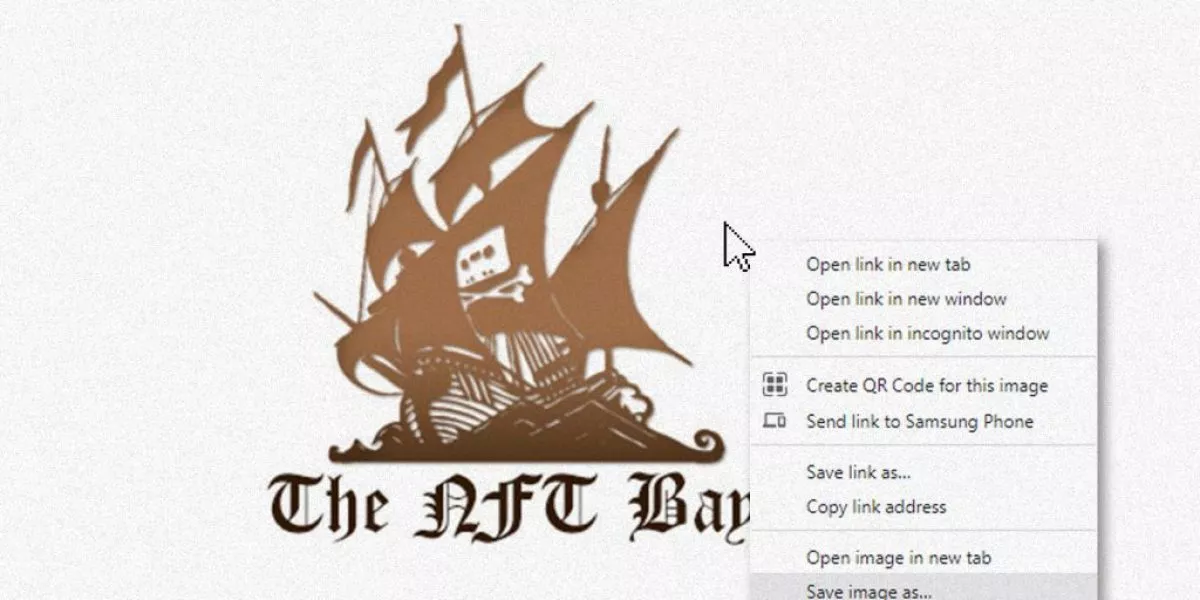The NFT Bay is a Hilarious Work of Art And a Message for the Future of Web3.0
Hacker Geoffrey Huntley made waves in the tech world recently when he released The NFT Bay, a gigantic art project/trolling of the NFT community in the style and trappings of the Pirate Bay with blessedly less porn popups. Essentially the project has scraped 15 terabytes of ostensibly NFT images and collected them all in one place. The project was made to teach the great unwashed what NFT’s even are, as so much mystique has been shrouded around them that people are willing to believe almost anything about them.
In his github release to annoying journos like yours truly Huntley had a number of thoughts that I thought were worth signal boosting. He puts in plain terms things our industry has failed miserably at communicating. “Fundamentally, I hope through http://thenftbay.org people learn to understand what people are buying when purchasing NFT art right now is nothing more then directions on how to access or download a image. There is a gap of understanding between buyer and seller right now that is being used to exploit people. The image is typically not stored on the blockchain and the majority of images I’ve seen are hosted on web2.0 storage which is likely to end up as 404 meaning the NFT has even less value.”
That means in a few years, if the web-host decides to take the jpg off their server that the NFT is pointing to, it’s not going to be there, and the NFT itself will be for a dead link. Technically you can store an image on something like the etherium blockchain. but when you’re looking at costs of around $2 per kb people have naturally shied away from this expensive route.
But that doesn’t mean that there isn’t value to be found with NFT’s, it’s just not where we were initially led to believe it would be.
“The utility (and value) of NFT’s will be created through social media platforms. For many digital representations is > physical representation and (if/when) Twitter/TikTok (discord backed away from it) roll out the ability to display flair on a social media profile that will be a turning point. We see how bananas people go over the Twitter blue verified checkmark – now think how social media will change when people have the ability to display verifiable proof of membership (early investor of Uber, Forbes 30 under 30) vs adding the words to a social media bio. All of this however could be achieved without blockchain.”
The crypto space has become mired with near weekly rug pulls on starry eyed investors, and while we desperately hunt for any sort of valuable application plenty of people are getting scammed. Adding money to the equation so early into the technology may have poisoned the well.
“What people dream to build with “web3″ is quite amazing but the greed/scamming going on is sickening. The dreams for a different future remind me of the internet in the 1990s. What’s fascinating here is the communities are very strong and can self-fund the discovery phase while searching for application. The early internet was built on a gift economy (ie hippies) yet what people seek to build now is capitalistic and full of pump and dump schemes. Perverse incentives related to money are well understood and at this time I don’t quite, yet, see how the industry is going to resolve problems created by money.”
“I’m optimistic that people will discover an application for web 3.0 but the community needs to self-regulate before government financial regulators steps in for them” he says, “otherwise the application for web 3.0 may never be discovered.”

